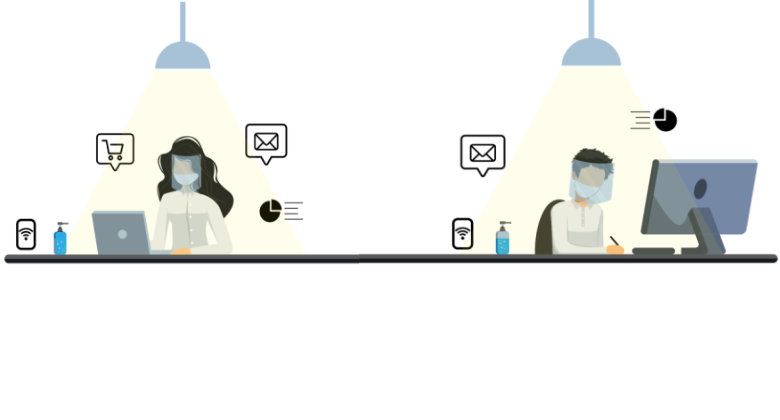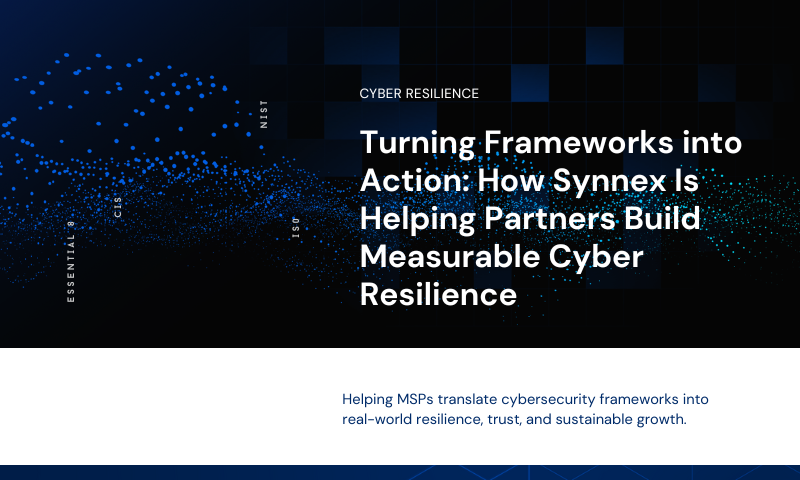A look at the workplace post pandemic

Exactly when we will all go back to work is still uncertain but what we can be sure of is when it does happen, it is not going to be what it used to be.
Let us look at the traditional nine to five workdays.
Key Points
This is going to change as organisations look to stagger start and finish times, split teams and cap the number of staff coming in based on office floorspace and on alternating days. Gone will be nine to five bums on the seat work days in place of flexibility for more employees to work from home on a semi-regular basis.
First thing first, even before you get to your work desk, your temperature will be taken at entry points and monitored throughout the day.
In complying with the federal government's COVIDsafe plan for a safe return to work, some organisations will have refitted the office space to include Perspex barriers, reconfigured seating arrangements or removed work desks that are too close and put safe zone stickers around workspaces as a reminder to keep 1.5m safe distance.

Hotdesking is out. Every worker will need their own workspace.
What about those clients meet ups? Virtual meetings, as we realised after almost eight weeks of working from home, are totally workable and in fact as effective and most likely become a permanent feature in future workplaces.
Increased cleaning and hygiene protocols will see the installation of sanitising stations and removal of as many objects that can be physically touched.
Communal lunch areas will also look very different. The Health Department recommendation is not to share microwaves, utensils, cutlery and to lunch at your own desk. And those self-service kiosks and drinks machines we turn to in times of work slumps will be turned off to reduce the number of physical touch points.
And when our workday ends, we will have to make sure we follow the exit points to ensure a one-way flow of people.
No doubt, every HR department is busy issuing and reissuing safety and hygiene guidelines.



Leave A Comment